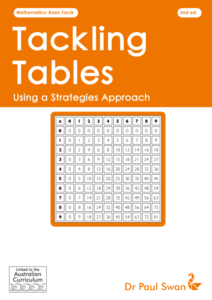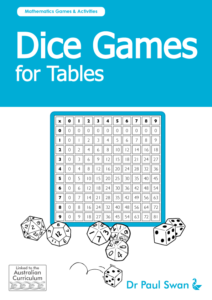AC9M3M01
Measurement > Units
Australian Curriculum Version 9 Says:
Identify which metric units are used to measure everyday items; use measurements of familiar items and known units to make estimates.
What this means
Knowing units such as millimetres (mm), centimetres (cm), metres (m), kilometres (km), millilitres (mL), litres (L), grams (g), kilograms (kg).
- Identify; Year 3 is the first mention of metric units. This descriptor only mentions identifying where metric units are used and using this to make estimates.
e.g. A student might identify length or height is measured in centimetres.
Tips
- Becoming familiar with a few benchmark measurements will help when estimating. For example, knowing your own height helps to estimate height. Knowing that cooldrink comes in a 2 L container can help estimate capacity. Likewise lifting items such as a kilogram of sugar will give students a ‘feeling’ for mass.
- Note: mass cannot be estimated by looking; students need to handle the object(s). Hefting (holding two different objects, one in each hand, and comparing) is good for developing the concept of mass.
Interactives & Downloadables
Resources & Manipulatives
-
School Friendly Cards (100 Packs)
$590.00 inc. GST -

- Select options This product has multiple variants. The options may be chosen on the product page
Tackling Tables
$24.00 – $129.00 inc. GST -
School Friendly Cards (12 Pack)
$72.00 inc. GST -
COMBO (12 Pack)
$72.00 inc. GST -
10-Sided Polyhedral Dice (100pc)
$69.00 inc. GST -
Spindiv & Multispin Combo Pack
$66.00 inc. GST -
6-Sided Dot Dice - Assorted Colours (100pc)
$55.00 inc. GST -
School Friendly Cards (8 Pack)
$48.00 inc. GST -
COMBO (8 Pack)
$48.00 inc. GST -
Jumbo Dice Classroom Set (24pc)
$40.00 inc. GST -
Spindiv
$39.60 inc. GST -
Multispin
$39.60 inc. GST -
Assorted Classroom Dice Set (60pc)
$33.00 inc. GST -

- Select options This product has multiple variants. The options may be chosen on the product page
Dice Games for Tables
$22.00 – $129.00 inc. GST -
Jumbo School Friendly Cards (Individual Pack)
$18.00 inc. GST -
Pocket Dice (Single)
$17.50 inc. GST -
Plastic Spinner Arrows (40)
$15.00 inc. GST -
Spinners: Round Transparent Spinners (5 Pack)
$15.00 inc. GST -
Suction Spinner (10 pack)
$15.00 inc. GST -
School Friendly Cards (Individual Pack)
$6.90 inc. GST -
COMBO (Individual Pack)
$6.90 inc. GST
Beyond
Quick Guides (AC9) Purpose
These Quick Curriculum Guides have been designed to take a look at the new Australian Mathematics Curriculum (AC9), explain terminology and provide interpretations. The Notes version (downloadable) has one card per page with some lines for your own personal notes
Year 7+?
Our Quick Guides end at Year 6, but if you look at the bottom of the Year 6 cards you will see that they are linked onwards to Year 7. We recommend you visit the appropriate Curriculum pages on ACARA’s site.
Disclaimer
These documents serve as general advice only and do not take into account your specific needs and conditions. While best care has been taken in compiling these materials, mistakes may exist. Australian Curriculum version 9 materials used under Creative Commons licence from ACARA. Readers should always refer back to the curriculum itself and the state-based curriculum that is relevant for you. These documents copyright of A-Z Type (Dr Paul Swan). Copies may be downloaded
These Quick Curriculum Guides have been designed to take a look at the Australian Mathematics Curriculum (AC9), explain terminology and provide interpretations.
Narelle and I have used our professional judgement to put forward what is appropriate for students at this year level.
Authors: Dr Paul Swan & Narelle Rice
We would like to also thank Linda Marshall and David Dunstan for comments and assistance.
These documents serve as general advice only and do not take into account your specific needs and conditions. While best care has been taken in compiling these materials, mistakes may exist.
Australian Curriculum version 9 materials used under Creative Commons licence from ACARA. Readers should always refer back to the curriculum itself and the state-based curriculum that is relevant for you.
This document is copyright of A-Z Type (Dr Paul Swan). A copy of this document may be downloaded from www.drpaulswan.com.au.






















